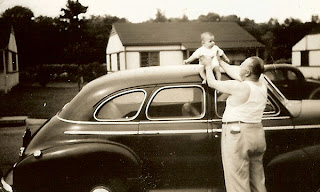by Lowell
B.
CP-901 computer development began in the fall of 1966. Ken Oehlers
led the logic design team, John Bonnes did the arithmetic section, Ralph Mattie
led the memory design group, George Kydd did the I/O unit design, Gene Geisz
led the power supply design, Chuck Wenz led the
mechanical design and I did the memory interface design, interfaced with the
manufacturing department, then was the engineer responsible for the
environmental qualification testing.
In September 1967, I was working checkout and test of the early
CP-901 computers in Univac Plant 1, St. Paul, Minnesota. The Navy flew a P-3C
into Wold Chamberlin Field. Jack Anderson, a field service engineer, and I got
on board with the CP-901 S/N 1 computer then flew to the Naval Air Development Center (NADC) at Johnsville, Pennsylvania, for the
first customer delivery. Jack and I installed the CP-901 into their computer center for P-3C ASW software development.
Twenty years later, I smiled while watching a P-3C in the Hunt for Red October movie. We'd flown
in a sub-hunter plane. Forty-five years later, in 2012, a retired Lockheed Martin Mission
Systems & Sensors program manager told me that there are still 40
CP-901s flying aboard Japanese P-3C aircraft. Very few design engineers can
claim their design team product has had such a long service life. I also led the design team that developed the S-3B aircraft
AN/AYK-10 computer Harpoon missile launch interface.
| I smiled while watching Hunt for Red October because we 'd flown in a sub-hunter plane. |



